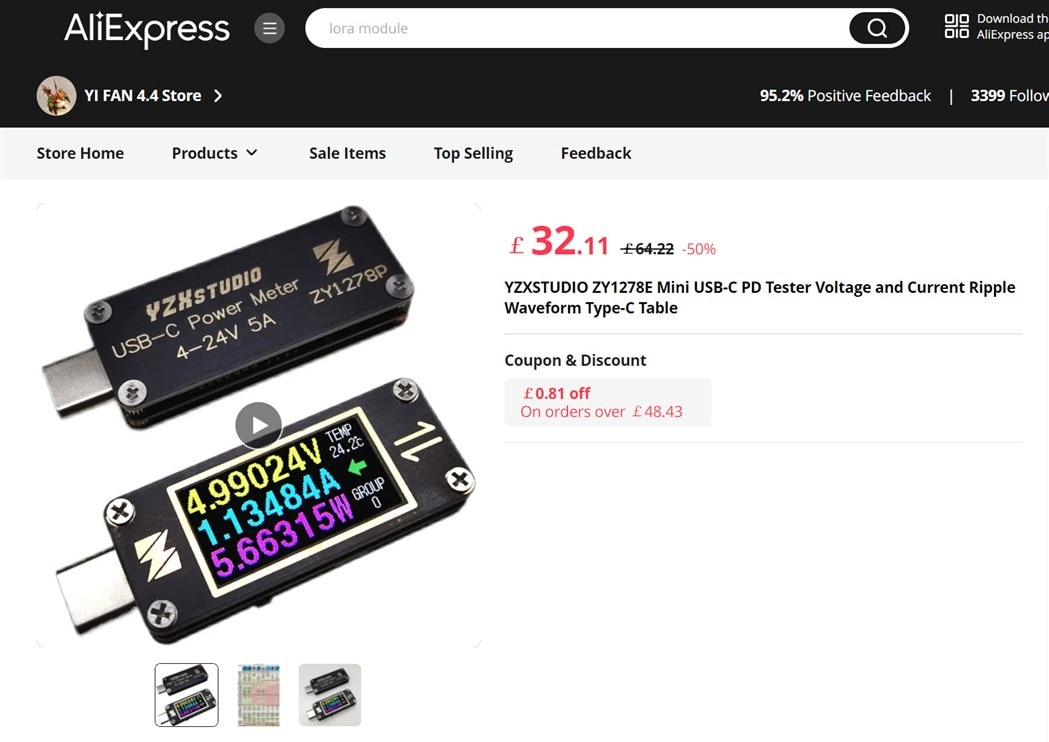I there a way to check the RPi 5 to see what USB C PD and USB C Emarker cable configuration is being used?
I believe if the USB C cable does not have a Emarker, the USB C PD current level will be limited to max 3A and to max 20V.
Therefore, using a USB C cable with no Emarker will result in a USB C PD being limited to 3A even if it can supply 5A.






